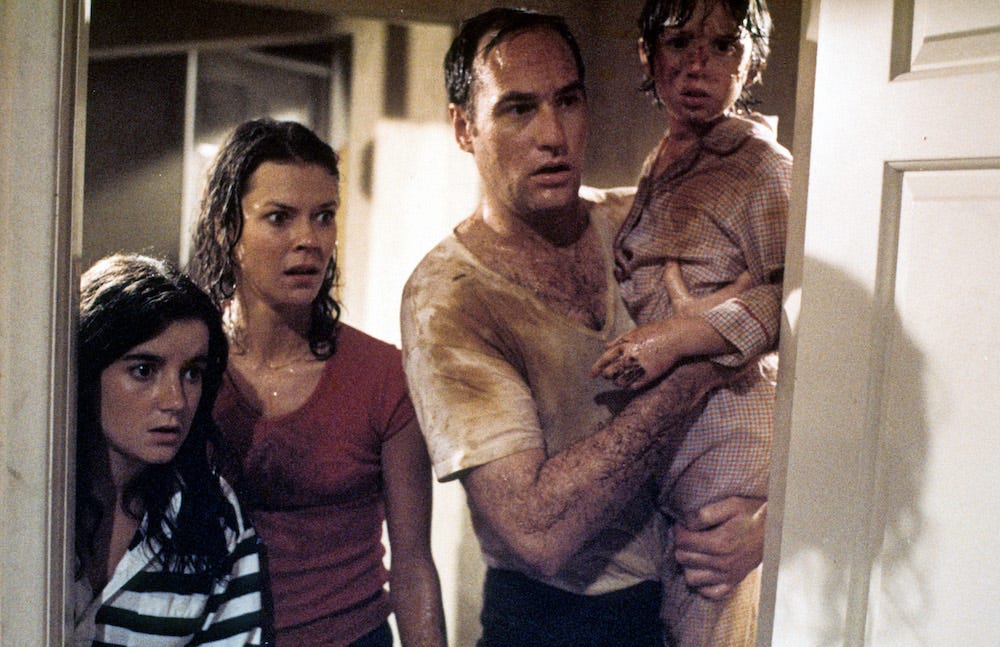Introduction
The 1982 Movie Poltergeist Used Real Skeletons As – tymoff, remains a cult classic in the horror genre, renowned for its spine-chilling storyline and groundbreaking special effects. However, behind the scenes, a controversy lurked, tarnishing the film’s reputation and sparking debates about ethical filmmaking practices.
The Making of “Poltergeist”
Directed by Tobe Hooper and produced by Steven Spielberg, “The 1982 Movie Poltergeist Used Real Skeletons As – tymoff” was a collaborative effort that pushed the boundaries of horror cinema. With a talented cast and crew, the film set out to deliver a terrifying yet captivating experience for audiences worldwide.
As production commenced, the team spared no expense in creating realistic sets and effects to immerse viewers in the supernatural world of “Poltergeist.” From intricate props to elaborate set designs, every detail was meticulously crafted to enhance the film’s atmosphere of dread and suspense.
The Controversy Unveiled
Amidst the acclaim for its visual effects, “The 1982 Movie Poltergeist Used Real Skeletons As – tymoff” faced unexpected scrutiny when rumors surfaced about the use of real skeletons in certain scenes. Upon investigation, it was revealed that the production team had indeed sourced human remains from medical suppliers to create authentic-looking props for the film.
The discovery sent shockwaves through the entertainment industry, prompting outrage from both the public and members of the cast and crew. Many expressed their discomfort and disbelief upon learning the truth behind the eerie props that had contributed to the film’s chilling realism.
Ethical Concerns and Public Outrage
The revelation of real skeletons being used in “Poltergeist” raised significant ethical concerns within the film industry. While there were no explicit regulations prohibiting the use of human remains in filmmaking at the time, the controversy shed light on the need for stricter guidelines to ensure respect for the deceased and uphold ethical standards.
Audiences, too, were quick to condemn the use of real skeletons, viewing it as a breach of trust between filmmakers and viewers. The controversy sparked widespread public outrage and led to calls for greater transparency and accountability in Hollywood’s production practices.
Also Read This: Khatrimazafull: A Comprehensive Guide
Impact on the Film Industry
In the aftermath of the “Poltergeist” controversy, the film industry underwent a period of introspection and reform. Production companies and filmmakers alike reevaluated their approach to creating realistic effects, opting for alternatives that did not compromise ethical standards or disrespect the deceased.
The incident also served as a catalyst for increased awareness of ethical filmmaking practices among industry professionals and the general public. Filmmakers began prioritizing transparency and integrity in their work, recognizing the importance of maintaining trust and credibility with audiences.
Reflections and Lessons Learned
The controversy surrounding the use of real skeletons in “Poltergeist” serves as a cautionary tale for filmmakers and producers. It underscores the importance of ethical considerations in all aspects of filmmaking, from pre-production planning to post-production.
Moving forward, the legacy of “Poltergeist” reminds us of the enduring impact of our creative choices and the responsibility we hold as storytellers. By prioritizing ethical practices and fostering a culture of transparency, we can ensure that future generations of filmmakers uphold the highest standards of integrity and respect in their craft.
Conclusion
In conclusion, the controversy surrounding the use of real skeletons in “The 1982 Movie Poltergeist Used Real Skeletons As – tymoff” continues to resonate within the film industry and beyond. While the film remains a seminal work in the horror genre, its legacy is also defined by the ethical questions it raised and the lessons it imparted to filmmakers worldwide.
